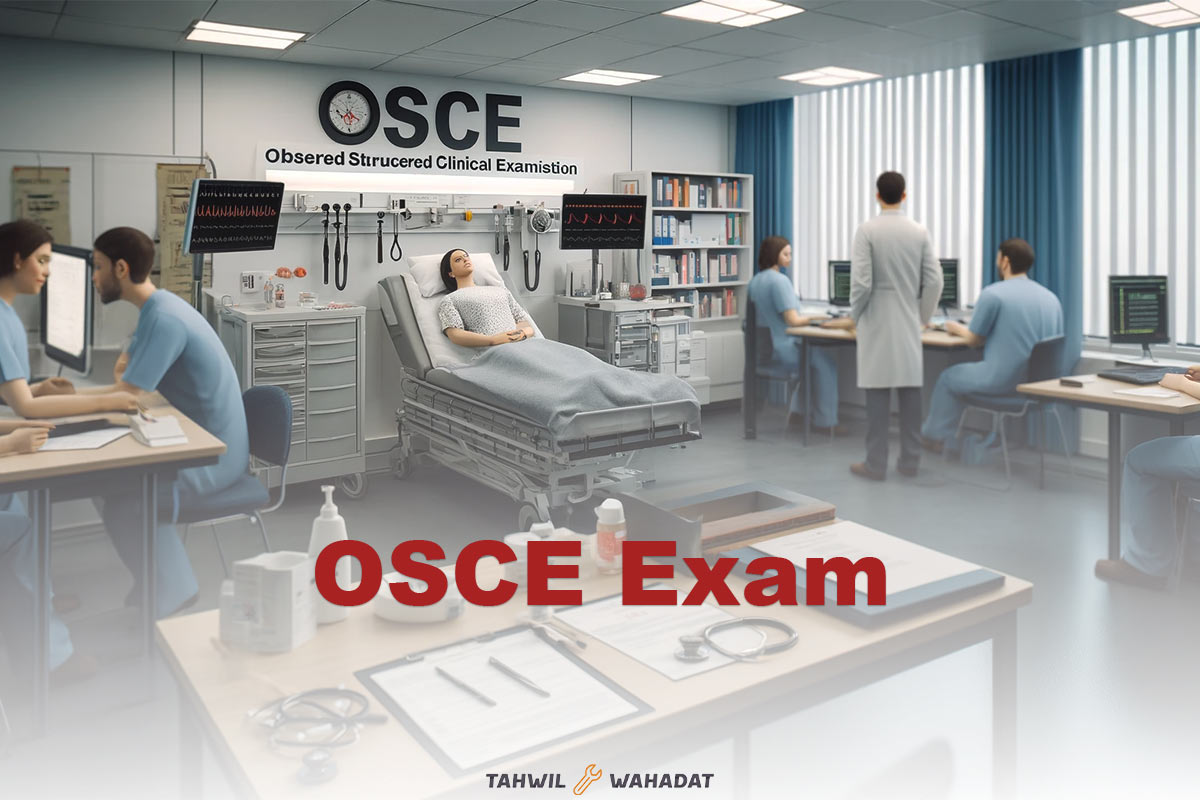The Observed Structured Clinical Examination (OSCE) is a critical component in the assessment of clinical skills for medical students and healthcare professionals. This practical exam simulates real-life medical scenarios to test candidates’ ability to apply their knowledge and skills in a clinical setting. Understanding the structure, difficulty, and costs associated with the OSCE can help candidates better prepare and budget for this essential examination.
Costs of OSCE Exam
The cost of the OSCE exam can vary widely depending on the country, institution, and specific program. On average, candidates can expect to pay anywhere from $500 to $1,500 for the exam. Factors influencing the cost include the administrative expenses of setting up and running the exam, the use of standardized patients, and the resources required for evaluating and scoring the performance. Additionally, candidates may incur additional expenses for preparatory courses, study materials, and travel if the exam is held at a distant location. It’s advisable to check with the specific institution or examination body for the most accurate and up-to-date information on OSCE exam fees.
What is OSCE Exam?
The OSCE (Observed Structured Clinical Examination) is a performance-based assessment commonly used in medical and healthcare education. It is designed to evaluate clinical competence by testing candidates through a series of stations, each representing different clinical scenarios. During an OSCE, candidates are required to demonstrate a range of skills, including history taking, physical examination, communication, clinical reasoning, and procedural skills. The standardized nature of the OSCE ensures that all candidates are tested under similar conditions, providing a fair and objective measure of their clinical abilities.
How Difficult is the OSCE Exam?
The difficulty of the OSCE exam can vary depending on several factors, including the candidate’s level of preparation, familiarity with clinical scenarios, and ability to perform under timed conditions. The OSCE is designed to be a rigorous assessment that tests not only theoretical knowledge but also practical skills and clinical judgment. Candidates may find the exam challenging due to the need to integrate multiple skills simultaneously while effectively communicating with simulated patients. Thorough preparation, including practice with mock OSCE stations and feedback from instructors, can help alleviate some of the difficulty.
How Many Questions Are There on OSCE Exam?
Unlike traditional exams with a fixed number of questions, the OSCE is composed of multiple stations, each presenting a different clinical task or scenario. The number of stations can vary depending on the institution or examination body, but it typically ranges from 10 to 20 stations. Each station usually lasts between 5 to 15 minutes, during which candidates must complete specific tasks such as conducting a physical examination, performing a procedure, or discussing a treatment plan. The performance at each station is assessed independently, contributing to the overall score of the exam.
Conclusion
The OSCE exam is a pivotal assessment in medical education, testing a candidate’s clinical skills and readiness for professional practice. While the exam can be challenging and the costs can be significant, thorough preparation and understanding of the exam structure can greatly enhance a candidate’s performance. By investing in proper training and preparation, candidates can approach the OSCE with confidence, ultimately paving the way for successful careers in the medical field.




